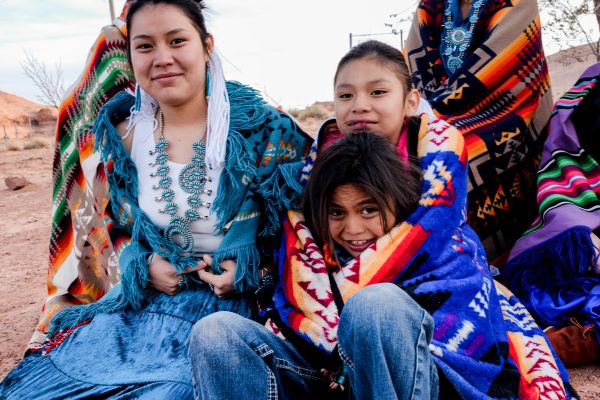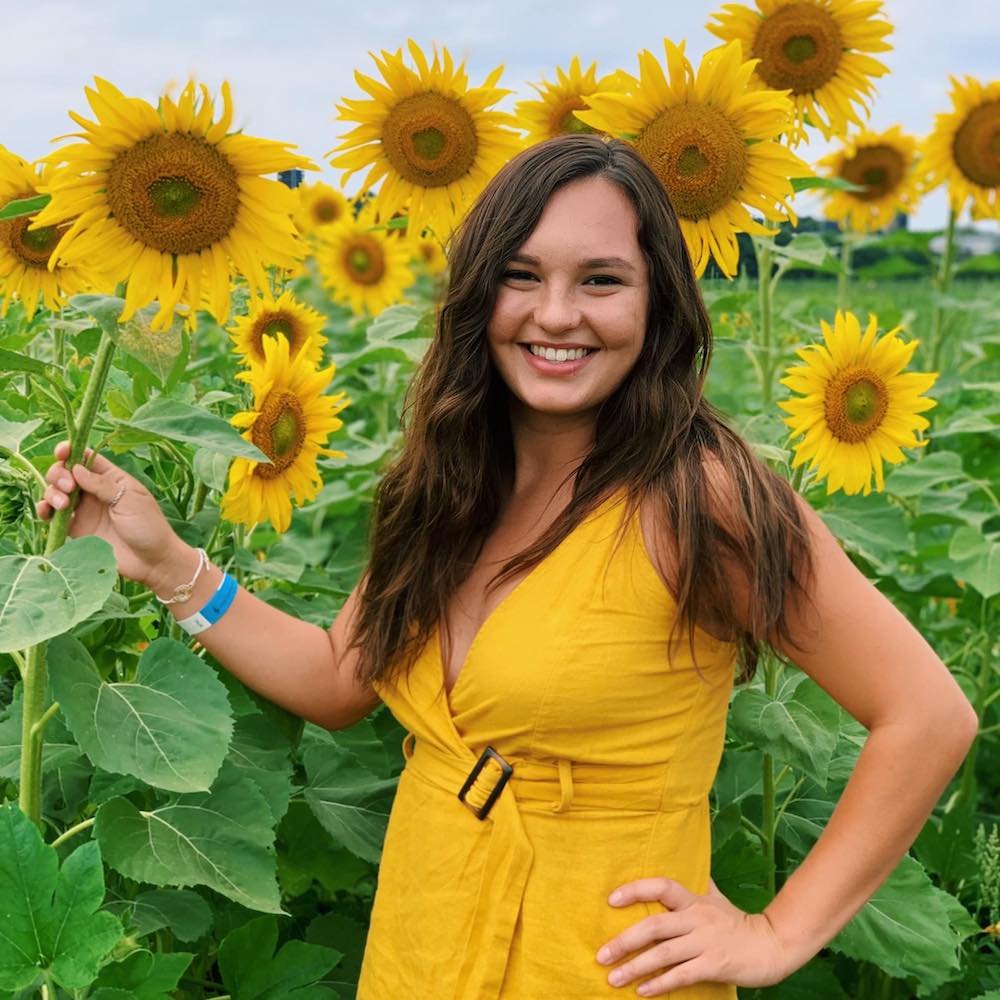
- Details
- By Kaili Berg
For Native Americans, inequities in health care, disproportionate poverty, discrimination and lack of resources exacerbate physical health problems. A Native person's life expectancy is 5.5 years less than every other racial group in the U.S., according to the Indian Health Service (IHS).
According to the National Indian Council on Aging, for Native youth, suicide is the second leading cause of death, and the Native youth suicide rate is 2.5 times higher than the overall national average, making these rates the highest across all ethnic and racial groups.
The number of students reporting mental health issues is increasing overall. According to the Centers for Disease Control and Prevention (CDC), 42 percent of high school students felt persistently sad or hopeless during the academic year.
Joseph P. Gone, (Aaniiih-Gros Ventre Nation) professor of Anthropology at Harvard University, says the suicide statistics taken show elevated rates of suicidality among more people, especially Native youth. One thing that makes it difficult to best address this issue is that suicide rates vary a lot within particular areas of IHS.
Gone told Native News Online that he remembers looking at data from Alaska, where there are a number of service units, and the variation in suicidal behavior as recorded in the health care system indicated extremely high rates in some service units and almost nonexistent rates in other services.
“We don't really have the best surveillance system of keeping track of these patterns and numbers in a way that would allow us to better track what's happening and develop a better sense for why suicide arises or erupts in certain communities among young people for a time, and then maybe settles back down,” Gone said.
Gone says that suicide is contagious. The knowledge about another person having taken their own life circulates. It can seem like a way out for other young people who might then attempt suicide, which they otherwise might not have done if they did not know about the former suicide.
“Containing these contagion effects makes preventing youth suicide very challenging," Gone said. "You need to try to promote reasons for living and hope for the future and a sense that whatever you're going through now is likely to get better over time if you're in a really bad place without necessarily inadvertently glamorizing suicide as a way out."
Important Factors
When thinking about mental health for Native youth, it helps to understand what are some factors that make a young person more or less likely to consider or attempt suicide.
Humans are social creatures, and we learn through social interaction. This explains why social media platforms have grown so big in a short period of time. Social media is indiscriminately ruthless and knows no boundaries, even in remote places such as Indian Country.
Cyberbullying is bullying with the use of electronic devices and is prone to causing mental health issues for both the victim and perpetrator. It can come in many forms, such as texting derogatory messages, sending threats, forwarding confidential messages or pictures, or posting social media forums, and can become just as serious as traditional bullying.
Research in 2019 from the Cyberbullying Research Center reports around 37 percent of teens in the U.S between the ages of 12 to 17 have experienced some form of cyberbullying. Victims of cyberbullying are at a greater risk of self-harm and suicidal behaviors.
In 2018, the Navajo Nation signed legislation to include cyberbullying in the tribe’s criminal code. The bill criminalizes electronic activity or communication that aids in stalking or harassment or contributes to death. The intention is to reduce violence and suicide rates on the vast reservation that occupies portions of Arizona, Utah, and northwestern New Mexico.
According to the Substance Abuse and Mental Health Services Administration (SAMHSA), although there is a lot of research on the types of bullying effects in the general population, research on bullying effects in the Native population is nearly non-existent. Even though there are few statistics on bullying specific to tribal schools, bullying, youth violence, and suicidal behavior are interrelated parts of community violence that still plague AI/AN communities.
Historical Trauma
When talking about mental health, suicide, or any other health issue in the Native American community, it’s important to note and acknowledge the historic trauma Indigenous communities face.
This began with the colonization process that introduced settler societies to what is now the United States, inflicting mass violence on Indigenous people who were forced onto reservations, inhabiting overpopulated land with little value and access to resources.
Following this were the beginnings of a system of cultural genocide and forced assimilation. Many reservations saw the foundation of boarding school systems, where indigenous children were removed from their families and taken to schools that banned the use of their native languages, forced them to participate in Christian religious ceremonies, and forbid the expression of any indigenous culture.
These experiences are only a very small sample of the historical trauma to which Indigenous communities have been subjected. Impoverished conditions and continued oppression have only worsened these psychological scars, resulting in many Indigenous communities experiencing high rates of suicide, substance abuse, and other mental health issues.
Even when care can be accessed, it can be unhelpful in addressing the distress of Indigenous people, if not harmful by perpetuating a negative view of their culture and themselves. For this reason, it is important for care providers to understand culturally competent care and include suggestions on connecting that individual to their community as part of treatment.
Culturally Competent Care
Despite decades of oppression, violence, relocation, and forced assimilation, Native Youth continue to be resilient and thrive. Their resilience does not occur in isolation: Tribal culture, community, and environment are connected.
The rich cultures for Native youth to embrace offer many opportunities and natural pathways for prevention and resilience. When young people embrace their culture, customs and unique hobbies that bring them joy, it can help create an alternative pathway leading to better and healthier lives.
Many Tribal Nations offer cultural healing for youth to attend that aims to connect youth with traditional healing and ceremonial teachings. Many of these offer different activities that include cultural teachings and storytelling, talking circles, and how to use their tribal values to find balance of the mind, body, spirit, and emotions.
Cultural values are the threads that tie together indigenous practices and link the past and present. They align with what works in prevention. In community gatherings, you can see the traditional values of generosity and belonging. In activities that connect youth and elders, the value of respecting and honoring the wisdom and history that elders carry is demonstrated, as well as providing a sense of belonging for youth.
More Stories Like This
Office on Violence Against Women Government-to-Government Tribal Consultation Set for Jan. 21 - 23 at Mystic LakeBREAKING: Feds Reverse $2B in Cuts to Addiction, Mental Health; Native Programs Restored
Trump Administration Cuts End Five Indigenous Health Programs at Johns Hopkins
Navajo MMDR Task Force Addresses Gaps in Missing Persons Cases, Strengthens Alerts
Tribe Sues IHS Over Rejected Opioid Treatment Facility as Natives See Highest Overdose Rates

